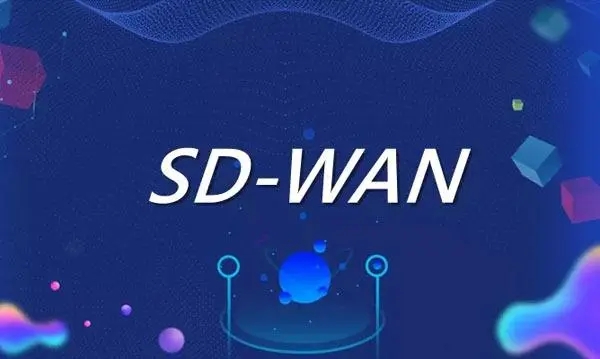Global IT supply chain
International transportation + IT O&M outsourcing + self-owned backbone network
In the modern landscape of enterprise network architecture, SD-WAN (Software-Defined Wide Area Network) has become a key tool for enhancing network performance and reducing costs. SD-WAN leverages intelligent routing, bandwidth optimization, and security features, enabling businesses to more efficiently manage their wide area networks. However, for some enterprises, the question of whether traditional dedicated lines are still required after adopting an SD-WAN networking solution remains a significant consideration. This article will explore the circumstances in which dedicated lines may still be necessary even after implementing SD-WAN, along with the associated trade-offs.
Advantages of SD-WAN
Before discussing the need for dedicated lines, let’s first understand the advantages of SD-WAN:
Flexibility and Scalability: SD-WAN allows enterprises to easily scale their networks up or down according to their needs, accommodating the addition of new branch offices or adjustments to bandwidth.
Cost-Effectiveness: SD-WAN is often more cost-effective than traditional dedicated line connections because it can utilize multiple lower-cost internet connections and reduce bandwidth costs through traffic optimization.
Performance Optimization: SD-WAN can monitor network traffic in real-time and optimize data transmission based on application requirements, leading to improved performance and user experience.
Centralized Management: SD-WAN provides a centralized management platform that simplifies network configuration, monitoring, and maintenance, reducing management costs.

Advantages of Dedicated Lines
Despite the many advantages of SD-WAN, dedicated lines still offer certain advantages:
Reliability: Dedicated lines are often more reliable than internet connections and typically come with higher Service Level Agreement (SLA) guarantees, making them suitable for applications with extremely high network availability requirements.
Security: For some sensitive data and applications, dedicated line connections may offer enhanced security as they are typically physically isolated and less susceptible to external threats.
Specific Applications: Some applications may have higher demands for network latency and bandwidth. In such cases, dedicated line connections can provide more consistent performance.
Considerations and Trade-offs
When deciding whether dedicated lines are still needed after implementing an SD-WAN networking solution, here are some considerations:
Application Requirements: Begin by evaluating your application requirements. If your business runs applications that demand extremely high network performance and availability, such as VoIP calls or real-time video conferencing, dedicated line connections may be the better choice.
Cost Factors: Take into account your budget and cost factors. Internet connections are typically more affordable, but in certain situations, dedicated line connections may justify the investment.
Geographical Location: Consider the geographical locations of your branch offices. In some remote areas, internet connections may be unreliable, making dedicated line connections more reliable.
Security Needs: If you handle sensitive data or require higher levels of security, dedicated line connections may better suit your needs.
In conclusion, the need for dedicated lines after implementing an SD-WAN networking solution depends on your specific business requirements and constraints. For most enterprises, SD-WAN offers sufficient flexibility and performance to meet their needs. However, in some cases, dedicated line connections may still provide value. Therefore, it is advisable to conduct a comprehensive network assessment and requirements analysis before making a decision.

International transportation + IT O&M outsourcing + self-owned backbone network

Cellular chips + overseas GPS + global acceleration network

Overseas server room nodes + dedicated lines + global acceleration network

Global acceleration network + self-developed patented technology + easy linking

Global Acceleration Network + Global Multi-Node + Cloud Network Integration


